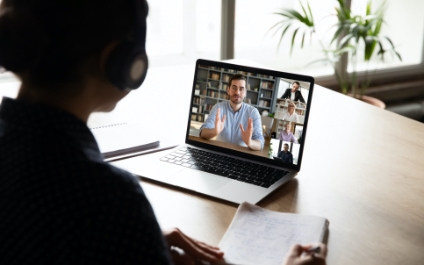It may come as a surprise, but working remotely can be just as (or more) secure than working in the office. If done right.
Those are the three operating words: if done right. This takes effort on the part of both the business and the remote employee. Here are a few MUST-HAVES for a secure work-from-home experience:
Secure networks. This is nonnegotiable. Every remote employee should be connecting to a secure network (at home, it should be WPA2 encrypted), and they should be doing so with a VPN.
Secure devices. All devices used for work should be equipped with endpoint security – antivirus, anti-malware, anti-ransomware and firewall protection. Employees should also only use employee-provided or approved devices for work-related activity.
Secure passwords. If employees need to log into employer-issued programs, strong passwords that are routinely updated should be required. Of course, strong passwords should be the norm across the board. Entrepreneur, June 17, 2020
TOP TIPS ON HOW TO PREVENT YOUR SMART CAMERAS FROM BEING HACKED
Smart cameras have been under attack from hackers for years. In fact, one popular smart camera system (the Amazon Ring) had a security flaw that allowed hackers to get into homeowners’ networks. That issue has since been patched, but the risk of being hacked still exists. Here are three ways to keep your camera (and your network) safe from hackers:
- Regularly update your passwords. Yes, passwords. This includes your smart camera password, your WiFi network password, your Amazon password – you name it. Changing your passwords every three months is an excellent way to stay secure. Every password should be long and complicated.
- Say no to sharing. Never share your smart camera’s login info with anybody. If you need to share access with someone (such as a family member or roommate), many smart camera systems let you add a “shared user.” This will let them access the camera, without the ability to access the camera’s configuration or network tools.
- Connect the camera to a SECURE network. Your smart camera should only be connected to a secure WPA2 encrypted, firewalled WiFi network. The more protection you put between the camera and the rest of the digital world, the better. Digital Trends, May 7, 2020
